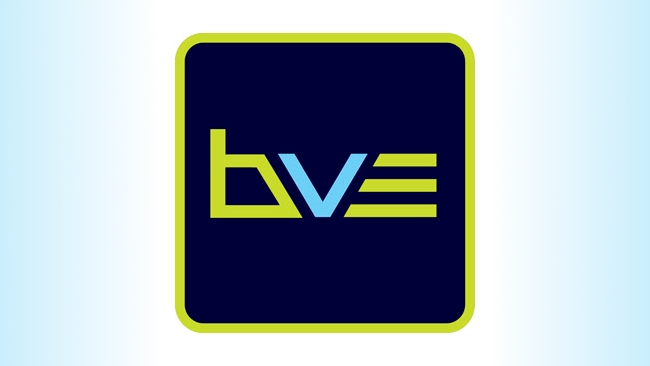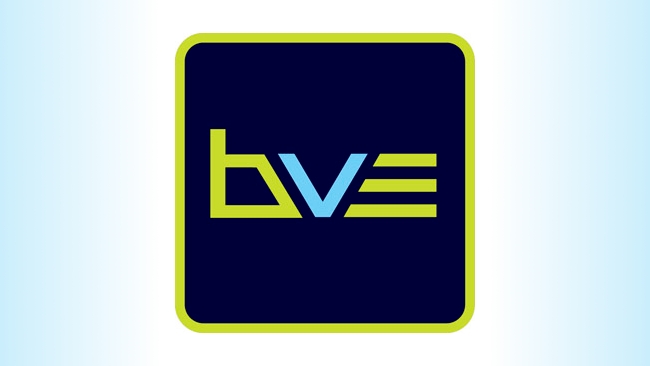
 BVE 2015
BVE 2015
Red Shark Technical Editor, Phil Rhodes, reports from London's BVE 2015, both a precursor to the forthcoming NAB and a possible indicator of what we'll see there.
It would be possible to come home from BVE talking about nothing but Arri's new miniature Alexa, and the match made in heaven between it and all the little flying machines that we saw dangling from various booths. BVE 2015 was also an opportunity for UK locals, who didn't make it to Pinewood for the BSC show, to see Panavision's new Varicam range, although it seemed rather lonely. That's what you get, apparently, for being a high-end digital cinema camera not made by Sony or Arri. This seems a bit unfair, really, for something that looks pretty good. It'll be interesting to see whether Panasonic can punch back into digital cinema, a market they haven't really operated in for a while.
Away from all this floating, whirring machinery and big image sensors, though, there were a couple of quite entertaining exhibits which might have been overlooked by people with eyes full of mini-Alexa. The first (and perhaps most interesting) is the idea of timesharing cameras. For £999, the Annual Arri Alexa Company will provide seven days annual availability of an Alexa Classic with three lenses, recording media and other accessories.
With options to pay £1799 for fourteen days or £2999 for a 30-day package, this is not only a good deal, but also an enormous convenience because it includes not only the equipment, but also the required insurance. This is not only a large extra expense, but also a considerable amount of admin, especially given that each package must be worth enough that off-the-shelf short film insurance might not cover it. There are, of course, issues of contention, but the company intends to accept no more than ten applications for a timeshare of each camera, which should minimise availability issues. At the show, the company was discussing getting into more recent varieties of Alexa or, perhaps naturally, the new miniature box version.
Perhaps the most cruelly overlooked camera in show was JVC's GY-LS300. I do hope that JVC isn't going to insist on rebranding everything with the awkward "JVCKenwood" name, conjuring up images of blenders and excessively bassy in-car audio, but the LS300 will still be an interesting camera. It's a super35 sensor behind a micro-four-thirds lens mount in a handycam-sized body, but with key facilities such as SDI output and XLR audio input. At 4K, the camera will record up to 30fps, and up to twice that in HD, courtesy of a sensor born of JVC's acquisition of AltaSens, ("a JVCKENWOOD company"). As with many of JVC's offerings, the camera uses commodity flash in the form of SDHC or SDXC cards to create material at up to 50mbps and that, alongside the usefully general-purpose lens mount, makes the camera rather general-purpose. It seems likely that the camera will almost invariably be used with lens mount adaptors, as some micro-four-thirds lenses might not cover a super35 sensor, which brings our friends at MTF back into the picture. Either way, it's interesting; we await the opportunity to look at a GY-LS300 with keen anticipation. Whether the SDI output is 8 or 10 bit is something that we aren't quite clear on yet, and there's no official word on dynamic range, but in either case, the use of this camera with a higher-bitrate recorder is a promising idea. JVC showed the camera with Rokinon cinema primes, which seemed a sensible match.
Two interesting things happened in LED lighting at BVE this year: Arri's L10 series, which, at 400W each are probably among the most powerful high-quality tungsten fresnels available and, perhaps more interestingly, the Fiilex P100.
Rather similar in purpose to the classic 50W on-camera lights, the P100 is a little brick-shaped unit that consumes about 12W of power and comes with a tidy diffusion dome, rather like a very large light meter, so as to produce a clean white dot as an eye-light. This is a nice bit of design work that suggests a healthy degree of user involvement in the process. The company likens this to the output of a 100W tungsten device, which is frankly reaching quite a bit, but perhaps most significantly it recently measured 99 on the TLCI. We've talked endlessly about LED colorimetry, but to summarise, this is good: TLCI is in effect a more critical, sensitive measure of colour quality than CRI, and 99 is a very good result. One day, there will be multi-kilowatt LEDs of this quality. Can't wait.
BVE, being so close to NAB, is often something of a predictor. With no big Canon announcement, we can probably expect one in Vegas. It's hardly a great risk to assume that Blackmagic will turn up with a double armload of announcements. It hasn't been that many years since Blackmagic made SDI I/O boards and not much else; at BVE 2015, they showed their 4K broadcast truck, outfitted almost entirely with the company's own products, right down to the cameras.
But while we've been seeing remote-control air vehicles for years, things really seem to be coming of age. NAB, we might predict, is likely to be more of a cute, miniaturised air show than anything else this year. Duck!
Tags: Production


Comments